The semi arid grasslands are among the richest biotopes in species and form irreplaceable sites for rare and endangered fauna and flora species.
What is semi arid grassland?
Semi arid grassland is composed by different botanical species growing on arid stony grounds, poor in nutrients and of shallow soil depth. Their situation on the hill tops and on the south and south west slopes of the site predisposes the semi arid grassland to a special warm and dry climate, typical for this land poor in woods. This micro climate allows biotopes for many different species, typical for the warm and dry regions of South and East Europe.
Creation by human management
The semi arid grassland on the Aarnescht did not emerge naturally. By uprooting the woods and replacing them by pastures and meadows, the semi arid surfaces could develop with their warm and light loving plants.
The fact that the pastures were continuously mown or served for grazing prevented the site from encroaching and allowed to the “frail” botanical species to develop. Over the years you could find more and more different species.
Accommodation strategies
The plants did adapt to the given arid conditions by different ways: with a deep growing root network and a thick leaf system, protecting from evaporation.
Important diversity in fauna and flora species
Grande diversité de plantes et d’animaux
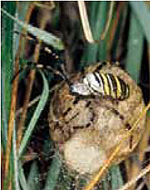 Wasp spider |
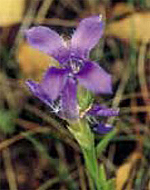 Gentian |
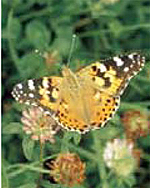 Painted Lady |
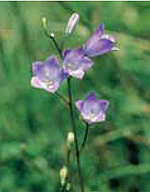 Bellflower |
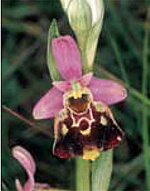 Ophrys holosericea |
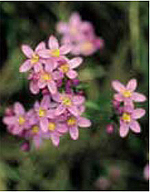 Centaurium erythraea |
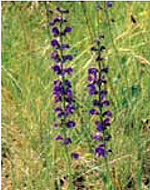 Meadow sage |
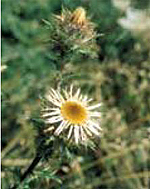 Common Carline Thistle |
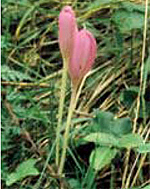 Meadow Saffron |
